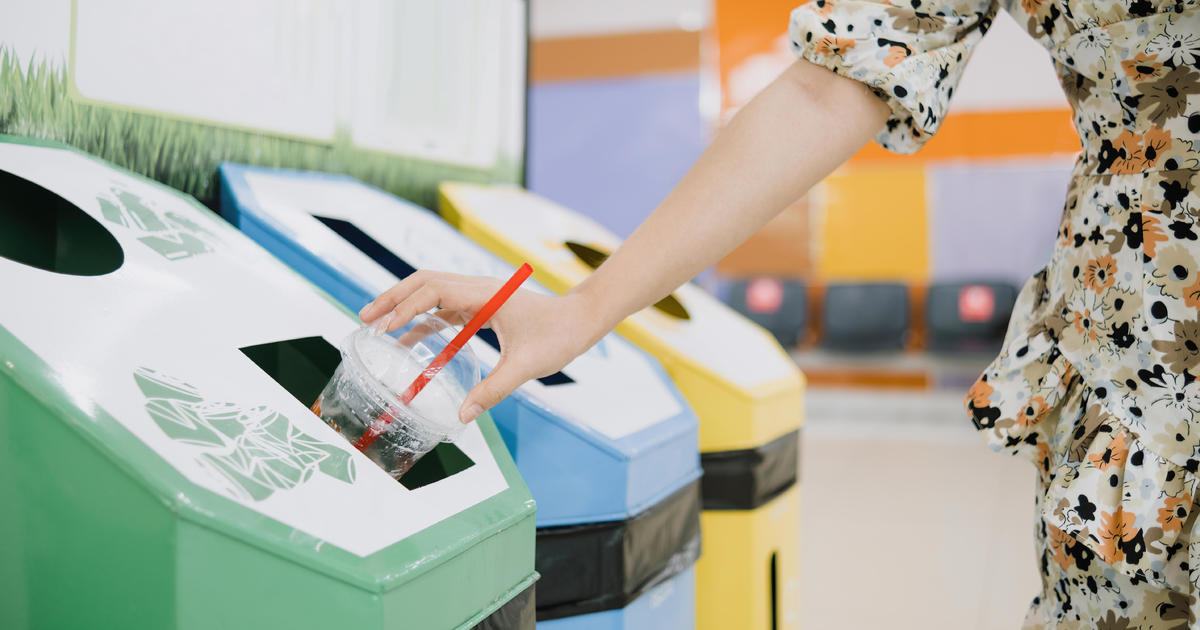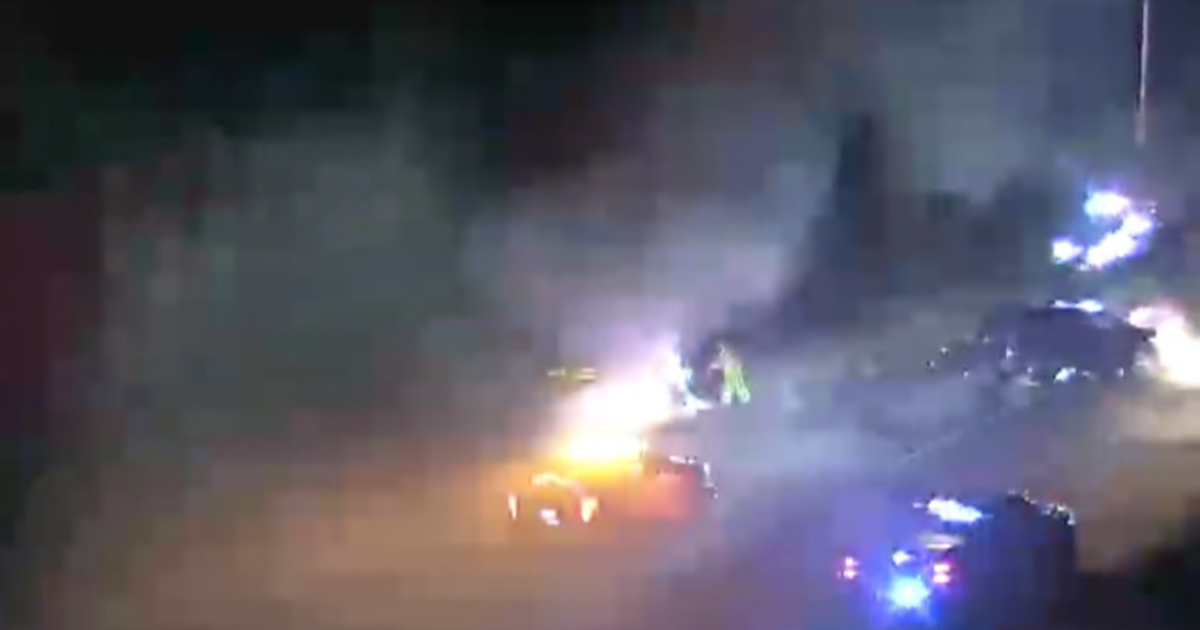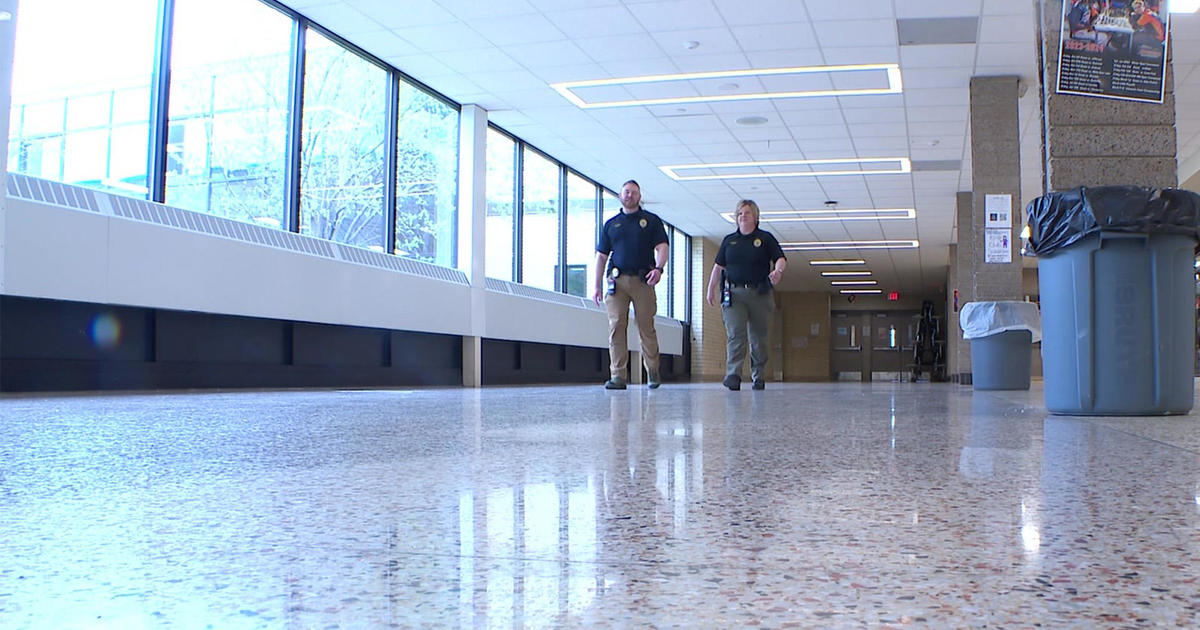Good Question: Why Do We Use Cloverleaf Interchanges On Roads?
MINNEAPOLIS (WCCO) -- We've all seen the traffic camera shot of a tractor-trailer sprawled out on the highway after trying to take a cloverleaf curve.
So, that had WCCO-TV viewer Adam Portner wondering: Why do we use cloverleaf interchanges on interstates?
He drives I-35W and I-694 each day and says he sees daily near-collisions.
"When you try to take those curves, it gets pretty dangerous," said Al Abdullah of Minneapolis.
The first cloverleaf intersection was built in 1929 in New Jersey. Over the decades, it has become the most common way in the U.S. to merge traffic between two major highways.
"For the number of vehicles that traverse them every day, they have shown they're fairly safe," said Stephen Zitzow, the Minnesota Traffic Observatory manager at the University of Minnesota.
He says the upshot to the cloverleaf interchanges is they allow people to go in all directions while keeping up their speed.
"The bad part is that they're very large and take up a lot of the right away, a lot of land," Zitzow said.
They also encourage weaving, or entering and exiting in the same lane, which can create near-misses when cars come close.
Zitzow doesn't expect cloverleaf interchanges to disappear anytime soon.
"Your other options are to try and spread out in different directions changes and add a lot of bridges," he said. "The problem with that is that you're paying for a lot more concrete and steel in those bridges."



